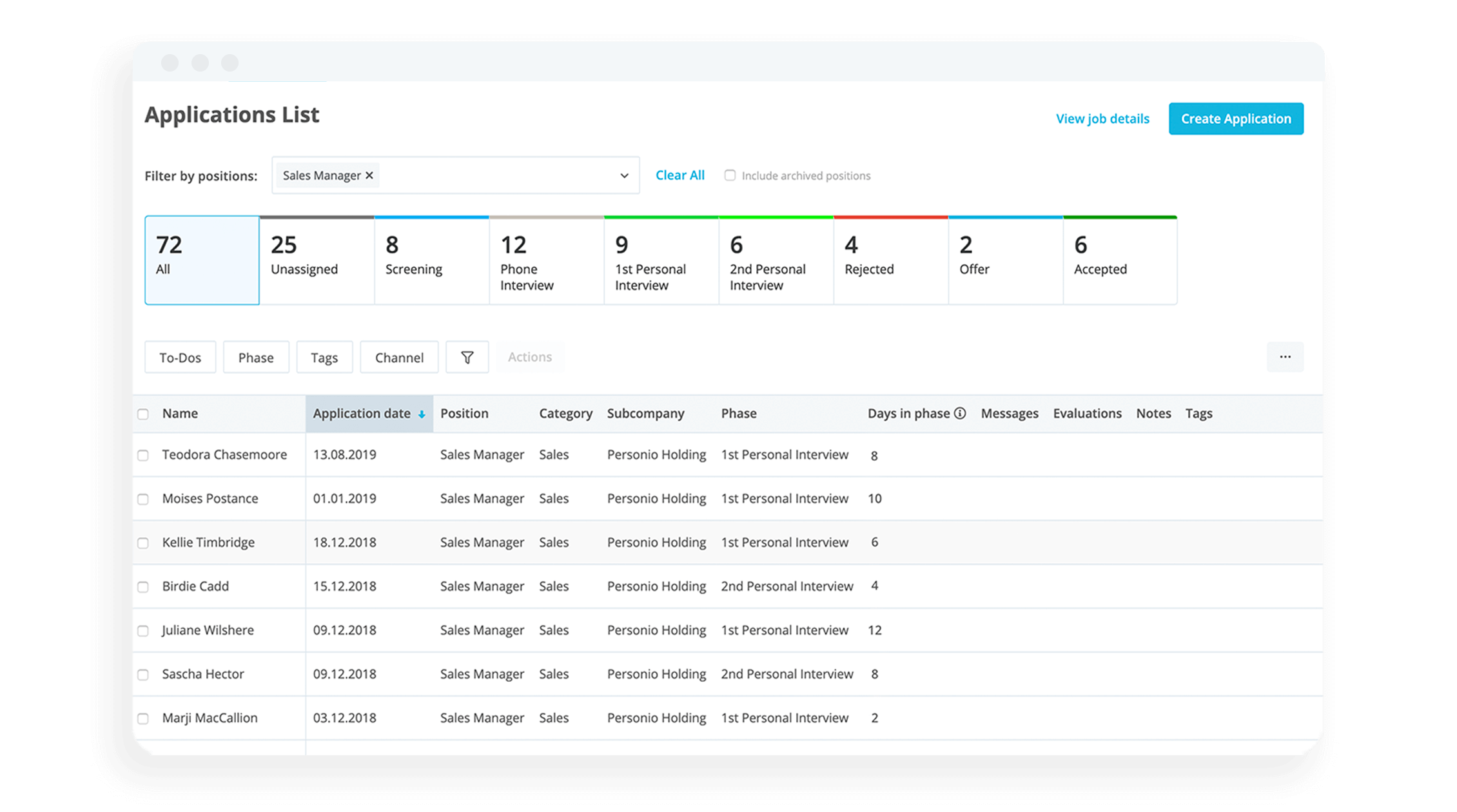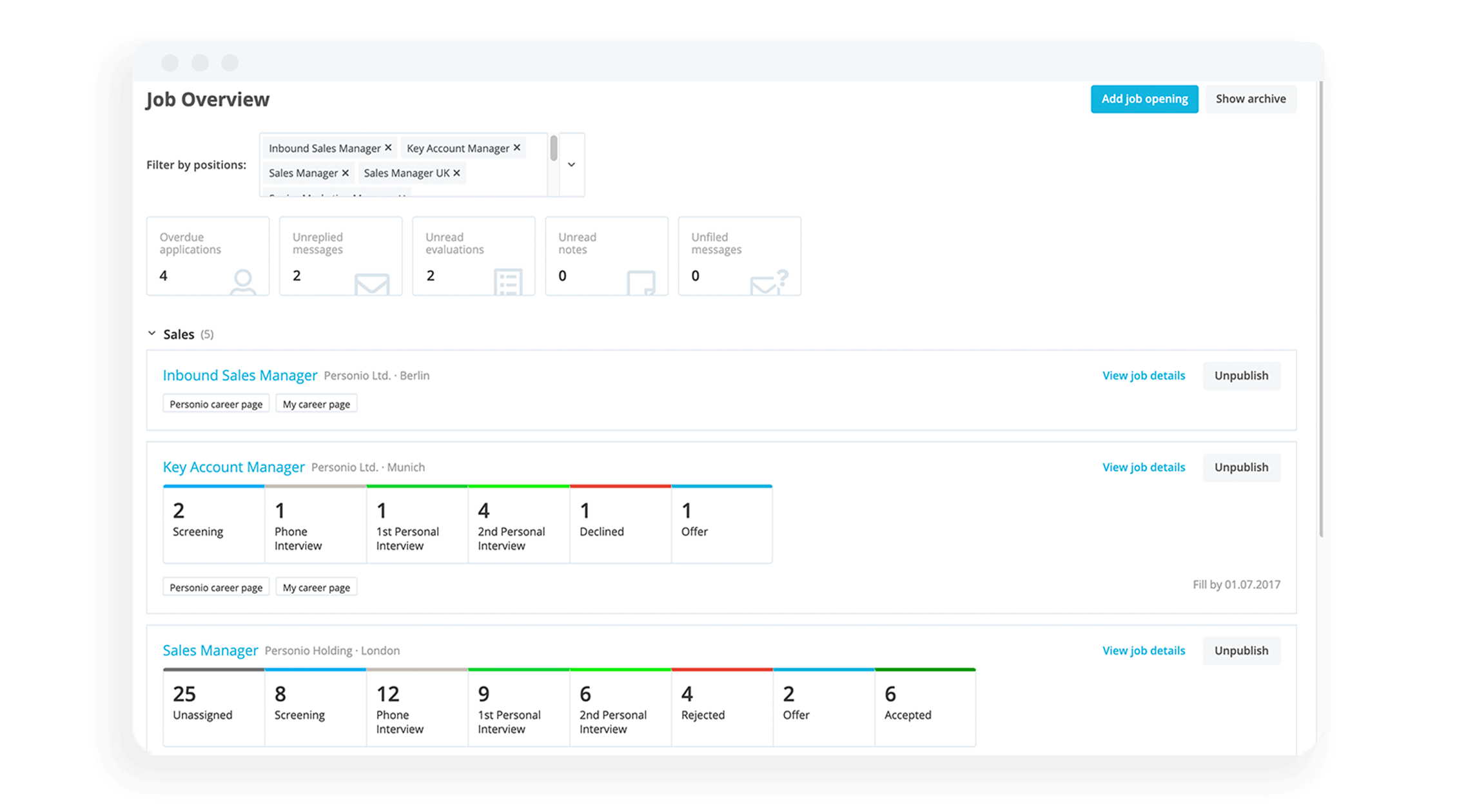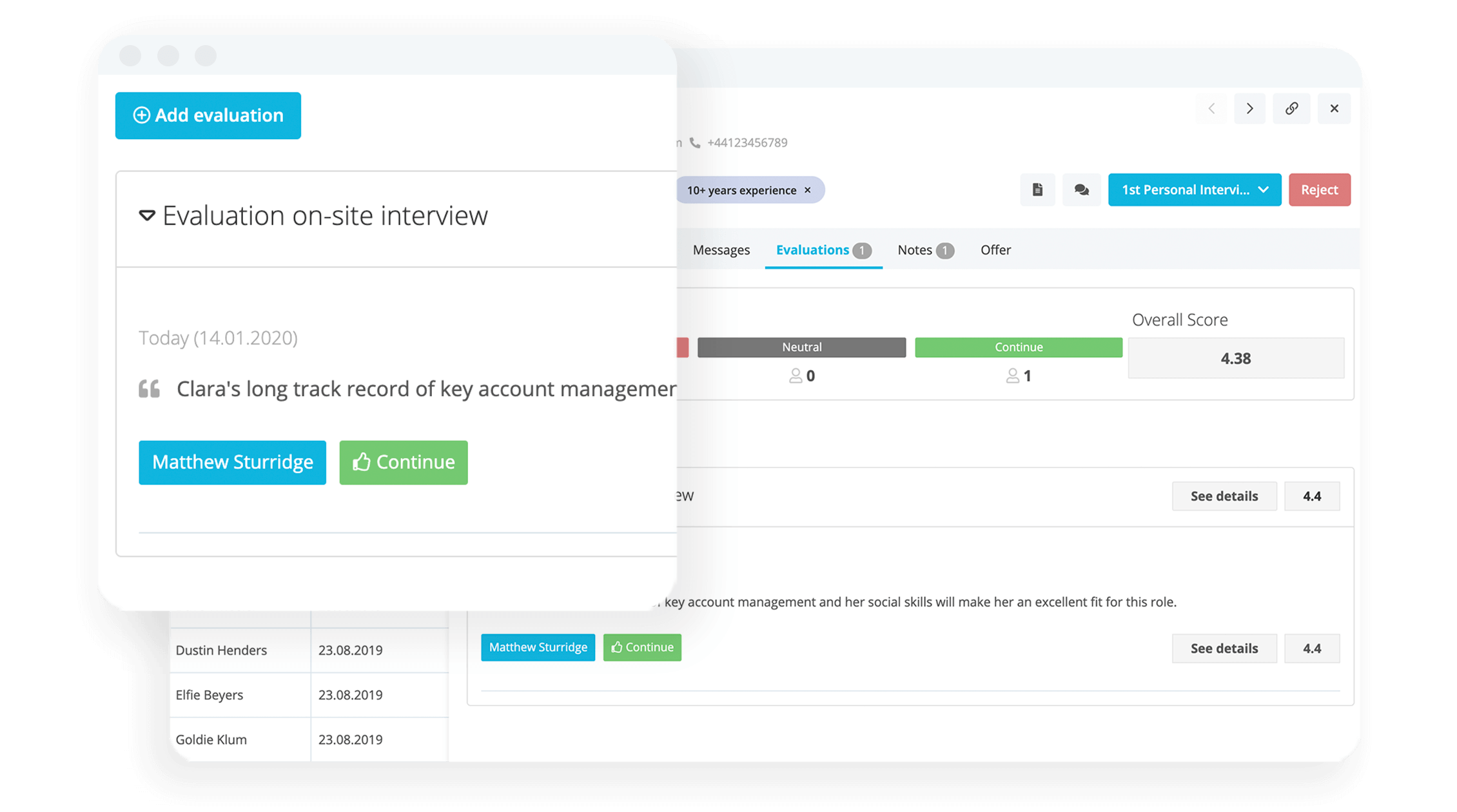28. September 2022
How To Reach A 100% Offer Acceptance Rate (According To An Expert)

The UK is currently going through an unprecedented boost in the number of job vacancies, so how do you win over candidates when talent has never been more in demand?
Ask Sebastian Schötz, who is part of the Talent Acquisition Team here at Personio, who maintained a 100% offer acceptance rate for one year. He'll tell you that it’s because he focused on the process of making an offer (and not just on the offer itself).
Here are some of the other key things he learned on his way to 100%…
Master the art of talent attraction by downloading our eBook today.1. ‘Take The Temperature’ At Each Stage
According to a survey from Reed, 23% of candidates said they make perceptions of companies based on their experience with the recruiter. With the demand for talent never higher, organisations can’t afford to be considered inattentive by jobseekers.
That means that a phenomenal candidate experience is a minimum for any organisation looking to hire. This is also one of Sebastian’s key takeaways, and it all starts with staying in touch:
"Staying close with candidates is absolutely crucial, as it will help you create an outstanding experience." – Sebastian Schötz
His advice? Keep in touch with candidates often, follow up immediately after interviews, and confirm whether they are comfortable and still excited about the role. Take the temperature of your talent at each stage, and quickly go over any concerns.
2. An Offer Is a Process, Not Just a Number
The best offer on paper is not always the offer that wins a candidate over. For Sebastian, getting an offer accepted has more to do with the process of reaching and making an offer that appeals specifically to that candidate.
After all, the war for talent demands a high level of personalisation. Candidates not only want to know how much will show up on their pay stub, but where they will be working, how they will be working, and the kind of purpose work will provide them.
Sebastian goes on to say, “It’s really about the experience and it’s a journey. You will get to know the candidate, learn about them, and understand what motivates them. It is an incredibly individualised process – especially at the offer stage.”
Offer an Amazing Candidate Experience With Personio

Hire the right employees faster with Personio’s Applicant Tracking Software (ATS). Communicate with talent, easily create job offers, and turn candidates into employees with a single click.
Start A Seamless Candidate Experience Today3. Paint a Picture for Candidates
Sebastian noted two key areas that help boost any offer:
Company culture
Individual development
The first is showcasing how culture can make a compelling case to any candidate (emphasising work-life balance, flexible working arrangements, or company events).
The other is individual development.
Best Practice
Sebastian had a candidate who was juggling two offers: One from Personio and another from a big-name tech company.
For this role in sales, he offered an incredibly clear career progression framework for the candidate, one that would take them from one level of seniority to another in two years. Not only did that tangible growth impress the candidate, but it convinced them to sign.
Sebastian’s advice is to get personal: “You shouldn’t even begin to design your offer until you’ve pulled together insights gathered throughout the process. Of course, people want to know that they can benefit from a high salary or a certain benefit, but they also want to know what it will mean to them personally to come aboard.”
4. Become a Champion for Your Candidates
In Sebastian’s view, the role of a recruiter is not simply to pass judgement or determine if a candidate is “good enough.” Or at least that’s not the full story. He sees his role as a partner and an advisor. Guiding candidates throughout the process while helping cement the value of joining during the critical offer stage…
Especially in a competitive environment for talent, showcasing your value as an employer is just as important as a candidate being a fit for the role. This can even have a cascading effect:
“When you show that you’re on their side, it gives candidates the sense that your company will also be their ‘career champion,’ too,” notes Sebastian.
Ultimately, recruiting is a team effort. So, you should not only team up with your internal stakeholders (team leads, peers, or other interviewers) but with candidates, too. Act as their consultant in the process, work with them in a trusting manner and give them honest advice and specific feedback.
In addition, Sebastian emphasises the fact that you should root for your candidates. On the day of their interviews, wish them the best of luck. When you care deeply about their success, you prove your capability of being their talent champion.
Automate Your Entire Recruiting Process

Easily send emails, schedule interviews and make job offers from one single source of truth: Personio. Then, hire the best talent in only a couple of clicks.
Learn more about Personio today5. Showcase Their Future Team’s Commitment to Them
When managers or other team members take the time to speak again with the candidate, it often shows their dedication and, more importantly, appreciation for the candidates and their decision-making process.
Best Practice
In one instance, Sebastian offered a candidate the opportunity to speak to potential future peers as well as speaking to their future Team Lead. This offer alone, the transparency and flexibility, mattered to the candidate and they accepted without even needing a further conversation.
There is always a reason why a candidate has gotten this far in the process. Emphasising the elements they care about surrounding their new role, including the team, responsibilities and collaborative culture, all matter.
6. Anything Goes (And We Mean Anything!)
Finally, Sebastian hammers home the importance of flexibility during the offer process. Essentially, once you’re in a position to make an offer, you need to know that absolutely anything is possible — and you need to respond accordingly.
This is where a one-size-fits-all offer process and poor candidate experience comes back to haunt companies, as Sebastian explains on how to succeed against a counteroffer:
“It all depends on the relationship that you have established. If you don’t have that, top talents tend to go back to their current employers who they simply trust more.”
Ultimately, the reason a candidate is leaving is not as simple as you may think. But, you can only find out what matters to them by being an active listener. “Often, a candidate isn’t moving for a straight pay rise. There are various factors at play which their current employer simply won’t be able to counter — note them, understand them, and leverage them,” Sebastian explains.
Looking Forward: What’s Next for the Year Ahead?
Sebastian’s focus (and what he would suggestion to other recruiters), is to take it one offer at a time. This is not only in terms of personalisation but also in relation to reflection after the offer goes out.
He explains: “Deconstructing an offer is just as important as creating one. You should reflect on certain stages and where you could have helped a candidate more, managed the process even smoother, and optimised your work to maintain a high standard.


